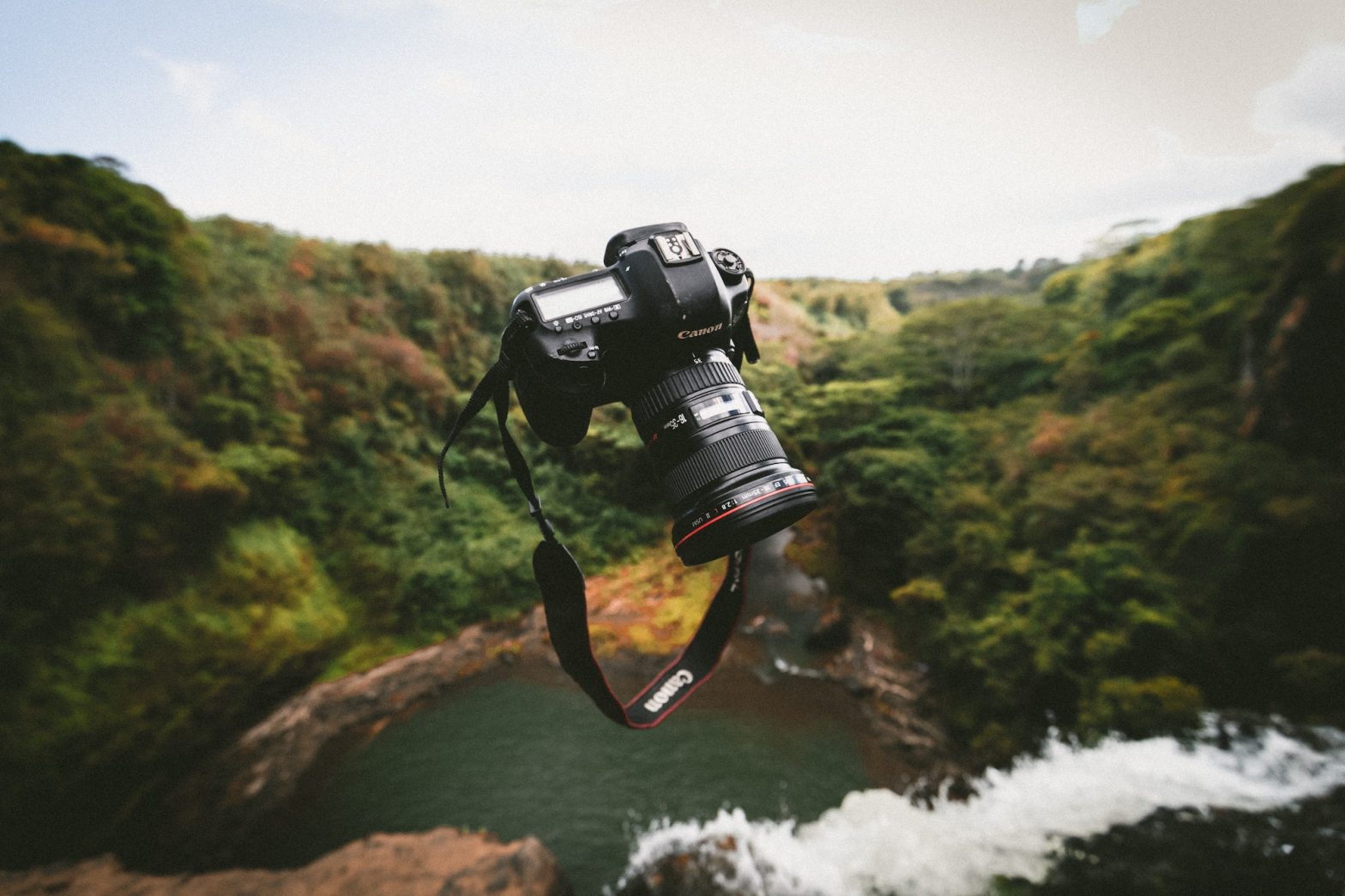Travel photography is undoubtedly one of the most varied and exciting disciplines in the art form. The ability to capture moments and vistas well beyond the everyday can result in some truly phenomenal shots. However, it’s not always necessarily easy to get the shots that you want. For that reason, we’re going to be taking a look at five tips for ensuring you have as much range to capture great travel shots.

Scout your locations ahead of time
There’s nothing wrong with improvising a little and making the best out of a fantastic location that you happen to come across in the wild. However, if you don’t want to spend the majority of your time searching for shots, then you should create a shot list in advance.
Google Image Search, Pinterest, and Instagram can be used to scope out different locations, which can give you plenty of inspiration for places to shoot with your own added twist. You’ll waste a lot less time when you arrive at the destination with something of a game plan in mind.

Know your drone law
Drones equipped with cameras are giving creatives the tool for landscape photography like it has never been seen before. If you want aerial shots without the sheer expense of hiring a helicopter and with a lot more control over the shot, a drone could be the answer.
However, not every country and state is entirely a-okay with drones being flown in their airspace. You don’t want to get in trouble, so make sure you check the drone laws in the state or country you’re visiting. Places that I have found out to have banned drones altogether include Algeria, Barbados, Brunei, Cote d’Ivoire, Cuba, Iran, Iraq, Kuwait, Kyrgyzstan, Madagascar, Morocco, Nicaragua, Saudi Arabia, Senegal and Syria.
In the US, for example, travel photography can be considered a commercial use of the drone, in which case you need a Remote Pilot Certificate from the FAA, register your drone with them, and follow a series of other rules. Do your research before you take to the skies.

Be sensitive to the people you’re photographing
Many travel photographers make the mistake of neglecting to connect with the human subjects that they’re photographing. This is a mistake for a few reasons. For one, many people find the experience dehumanizing if they’re not addressed and talked to by the person doing the photographing.
You can help them feel and act more natural if you don’t treat them as “exotic”, but simply as a person. What’s more, a good photograph is made even better by a good story. Learn about them so you can give your shots some context that makes them even more valuable.

Make sure you have some wheels to get around
Variety is the spice of life, especially when it comes to travel photography. In most cases, your time in a specific country or destination is limited and you might want to go exploring for the shots that other photographers might not think to go and get. Some shooting locations are in such remote places a car is a must.
With that in mind, it’s a good idea to check in advance if a country has cheap car hire that can quickly take you to the most promising shoot locations. If car hire isn’t an option or is to expensive, in some places it can actually be cheaper to buy a used car and sell it on once you have to leave again. This option is great for when you’re travelling in one country for a longer period of time. I know this is quite common in the States for example.
Just make sure you perform all the essential checks on the car before you buy: have a mechanic check it out, get a vehicle history, and don’t forget to take a test drive. You don’t want to end up stuck with a lemon.
In Europe it’s actually easier to rent a car. Some cheap popular destinations that come to mind include Turkey, Holland, Belgium and surprisingly Germany.

Feel free to experiment
Rarely is the first shot you take of a location or person going to be the best one. When it comes to taking photos of candid moments, your options are limited, and you have to hope you have the composition that makes the best use of the photo’s subject.
Otherwise, you should experiment with position and composition. Bringing a travel tripod with you can help you set up a much greater diversity of shots, for one. Try different angles and distances, working from wide shots moving in until you get that close-up. You never know how background and foreground objects might work best into a shot, so it’s best to experiment until you find the one that you’re more than happy with.

I hope the five tips above will make it much easier for you to take some gorgeous travel photography. From improving your technique and your gear to ensuring you know what tools you can use to get to those shots, travel photography rewards not just skill but also a certain level of ingenuity.

